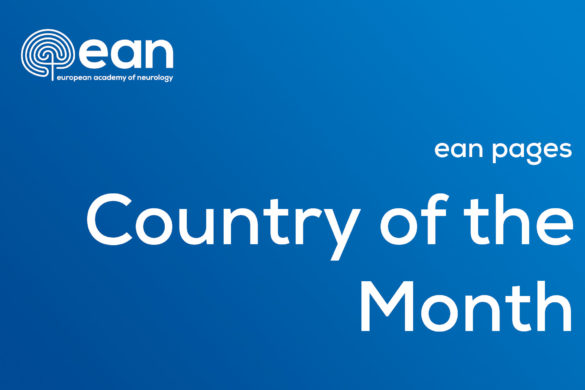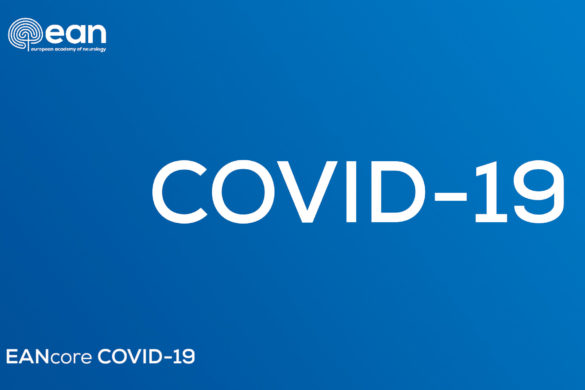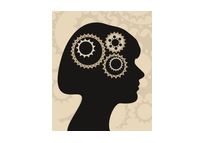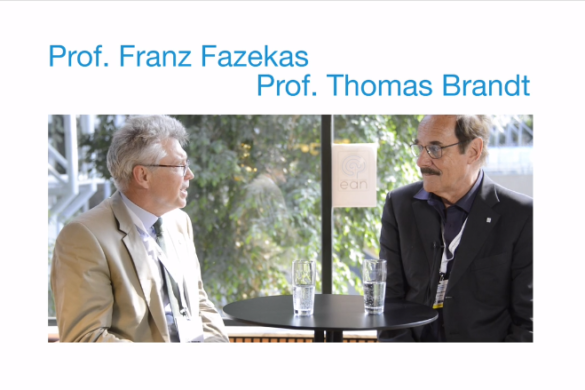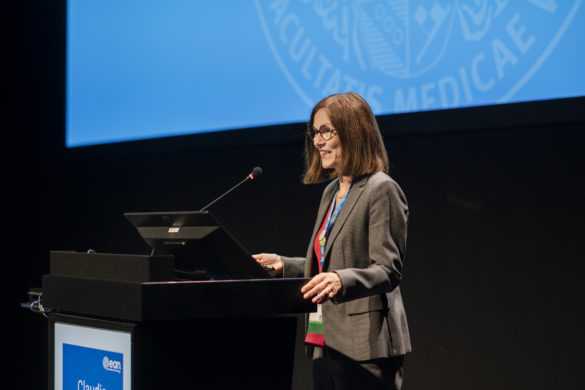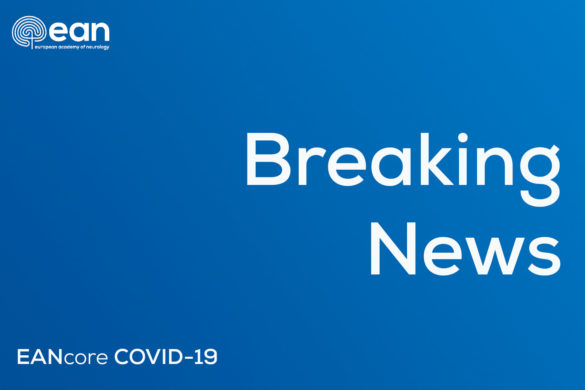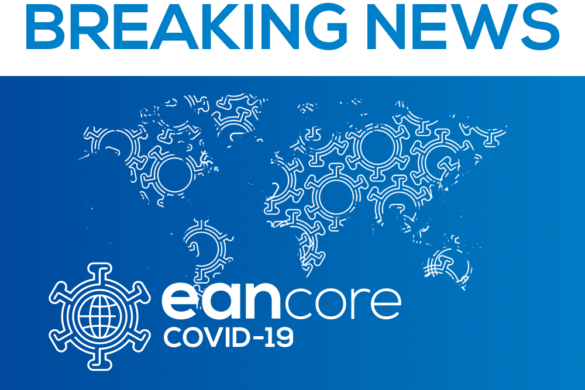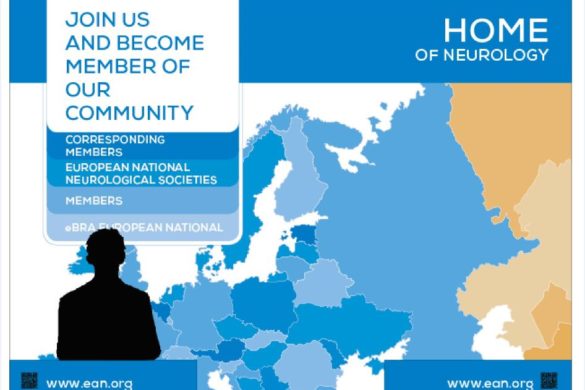
By Claudia Sommer
Another format of teaching at the EAN congresses are the interactive sessions, which encourage the participant to actively engage, and with immediate feedback to support learning
Each course lasts for 90 minutes, and the number of attendees is not restricted. The session will have a unifying theme, which reflects a clinical practice issue, for example how to manage patients with paroxysmal disorders, with gait disorders, with eye movement disorders, etc. One chairperson leads the session, optionally with the help of up to 2 additional speakers. The principle is that cases are presented sequentially, and questions to these cases are posed. The participants chose from a given set of answers by using their own mobile device, for example their smartphone or tablet, using a voting app, which they have easily downloaded previously.
The chairperson and the other speakers will present the cases and will interrupt their presentations for the questions. They will project the question and up to 5 possible answers on the screen, and then the participants are asked to vote, using the interactive system. You may have last done multiple choice questions for your exams, but here, it is entirely anonymous, your performance will not be rated, and there will be no marks at the end of the course. So, relax and enjoy the challenge! The speaker may invite comments and discussion from the audience before or after voting. This can be very entertaining and educative. Then, the results of the vote will be displayed on the screen, the correct answer will be discussed, and the evidence for this choice will be given by the speaker.
An example of an interactive sessions in Amsterdam will be “The different faces of stroke – illustrative cases of rare stroke aetiologies” Such rarer aetiologies of stroke require specific attention as they often necessitate specific therapeutic interventions or carry important prognostic implications. I think it will be exiting to find out what the presenters have in mind, when they will show their cases.
Another example of such an interactive sessions in Amsterdam is “Focal seizure semiology in children: is it the same as in adults?”. This is going to be video-based, and the aim is to differentiate focal epilepsies that correspond to syndromic entities and are not amenable to surgery from those that can be treated surgically. This will certainly lead to quite a number of “aha moments” in many of the attendees.
One more example from the Amsterdam interactive sessions I would like to mention is “ A complex clinical case of chronic pain”. You may wonder what this may have to do with neurology, and how the authors can arrange a whole session around one case, but you will be surprised!
If you take part in an interactive session in Amsterdam, do let us know what you liked, what you disliked, and if you have suggestions for improvement of this EAN-format, do let us know!
List of all Interactive Sessions during the 3rd EAN congress in Amsterdam, June 24-27, 2017:
Saturday, 24. June 2017
IaS 1: The different faces of stroke – illustrative cases of rare stroke aetiologies
Sunday, 25. June 2017
IaS 3: Imaging for neuroinfections
IaS 4: An approach to diagnosis: a case-based imaging session
Monday, 26. June 2017
IaS 5: Focal seizure semiology in children: is it the same as in adults?
IaS 6: Neuro-ophthalmology
Tuesday, 27 June 2017
IaS 2: A complex clinical case of chronic widespread pain
IaS 7: MDS-ES/EAN: Hyperkinetic disorders – abnormal movements, postures and jerky movements




